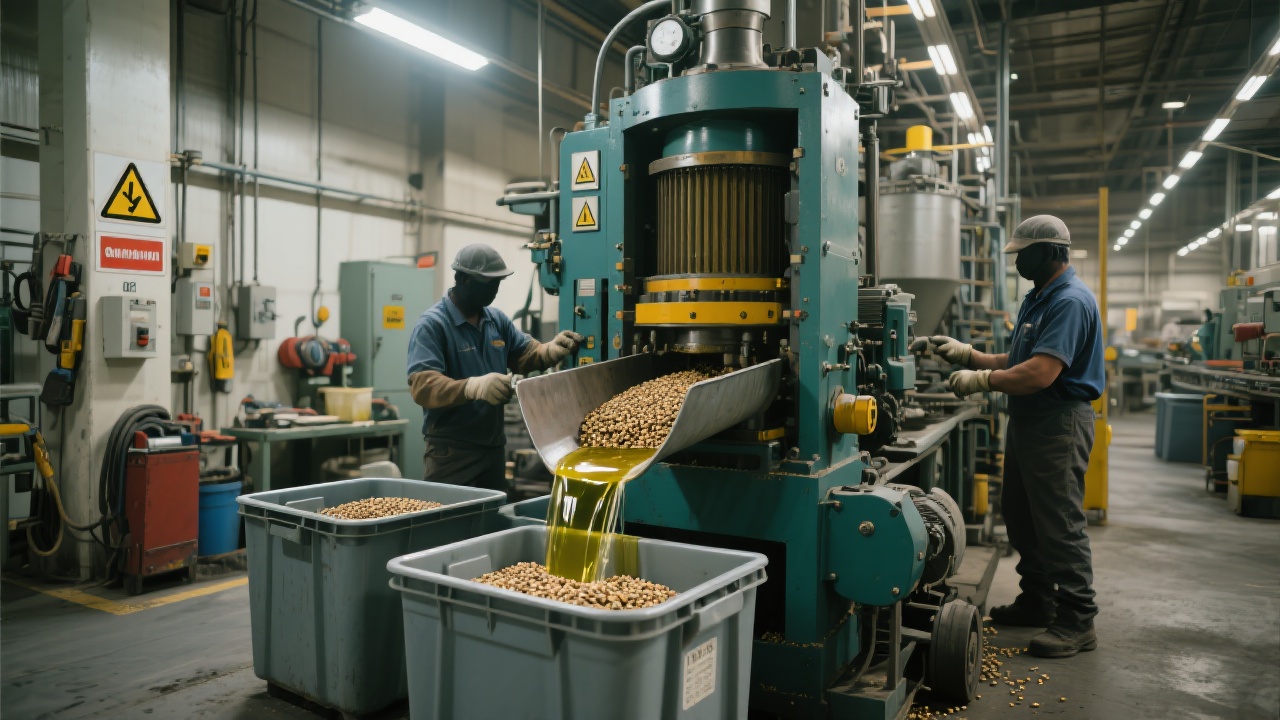
The global oil press market is undergoing a significant transformation fueled by automation technology advancements. The surge in automated oil extraction equipment not only enhances operational efficiency but also lowers manual labor requirements and simplifies use. This comprehensive overview focuses on automated oil press machines, with an emphasis on the Penguin high-efficiency household and commercial spiral oil press WF-J168, an exemplar of innovation that meets the diverse demands of families and small enterprises alike.
Automated oil press machines operate based on a continuum of mechanical and electronic processes thoroughly designed to optimize oil extraction. The spiral pressing mechanism efficiently compresses oil-bearing materials at controlled speeds and pressures, thereby maximizing yield and quality. Automation controls include dose feeding, temperature regulation, and real-time monitoring, which collectively ensure consistent operation and product uniformity.
For instance, the WF-J168 model can process approximately 15 kilograms of raw material per hour, using a streamlined workflow that integrates feeding, pressing, and oil collection seamlessly. This efficient mechanization caters effectively to small-scale production needs while maintaining user-friendly interfaces that require minimal specialized skill.
| Feature | Benefit |
|---|---|
| Enhanced Efficiency | Up to 30% higher oil yield due to precise control of pressing parameters |
| Labor Cost Reduction | Significant reduction in manpower owing to automated feeding and monitoring systems |
| User-Friendly Operation | Intuitive interfaces make the technology accessible even for non-expert users |
| Adaptability | Compact design ensures suitability for both household and small business environments |
Consumer feedback consistently highlights the ease of use and high extraction rates of the WF-J168 as critical factors in their purchasing decisions. Small business owners have reported operational cost savings and increased throughput enabled by its automation features. Moreover, the machine's compact footprint aligns well with spatial constraints common to small-scale production facilities and home kitchens.
Expert analyses corroborate these findings, emphasizing that the integration of automated control systems promotes sustainability by optimizing energy consumption and minimizing resource waste during oil pressing. This synergy between design and function catalyzes wider adoption across various oilseed pressing applications worldwide.
To fully leverage the automated oil press’s potential, users should adhere to best practice operation guidelines:
Adhering to these steps ensures uninterrupted, high-performance operation and reduces downtime, supporting consistent product output and customer satisfaction.

The advancement of automated oil pressing technology represents a pivotal shift in the oil extraction landscape. By integrating precision engineering, compact design, and user-centric automation, machines like the Penguin WF-J168 exemplify how efficiency and convenience are harmonized to empower households and small businesses alike.
Optimized processes not only increase output but also lower barriers for new and experienced users. As market awareness grows, so too will the adoption of these smart machines, ultimately enhancing productivity and promoting sustainable practices in global oil production.









